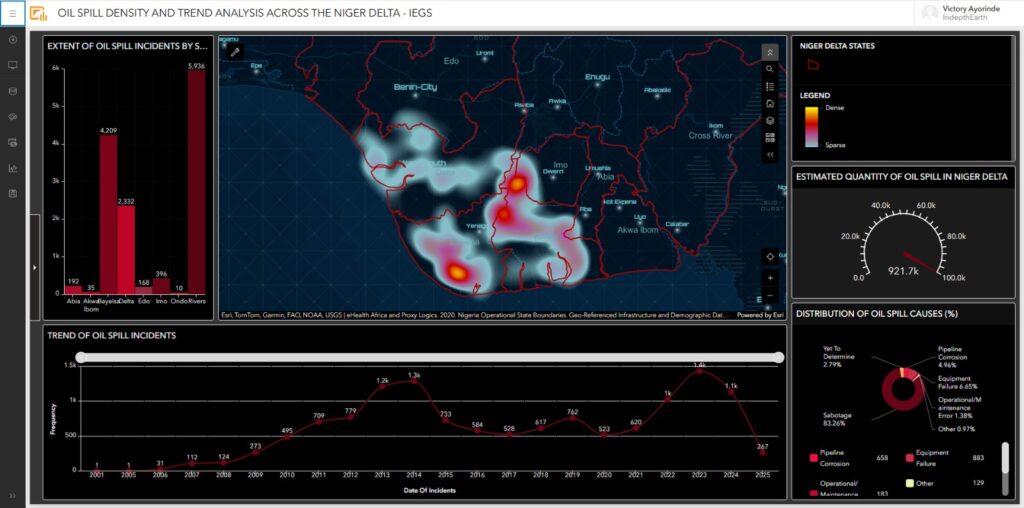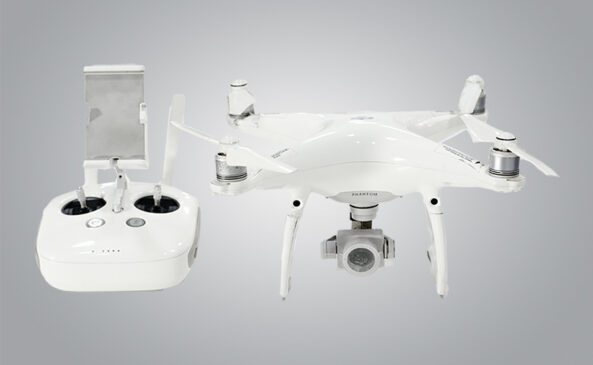- Home
- About Us
- Services
- Geospatial Data Analytics
- Robotics/Autonomous Vehicles Services
- Integrated Infrastructure Management
- Disaster Response Services
- Environmental Monitoring and Management Services
- Digital and Advanced Mapping Services
- Precision Agriculture Services
- Project Management Services
- Smart City and Real Estate Solutions
- Land Information Management/Administration Systems Services
- Pipeline Surveillance
- Underwater (Bathymetry) Mapping
- IT & Infrastructure Development Services
- Works
- Drones
- Pages
- Contact Us
 Français
Français

Are you Planning to Build or Renovate your Home? Let’s Talk!
Get Architecture ConsultingGet In Touch
206 Mail Parking Nuages, 14529 Levallois-Perret, France.
Mail: Maikoarchitecture@gmail.com
Phone number: +8120-360-4027
Working Time
Monday - Friday: 8.00am - 6.00pm
Saturday:9.00am - 5.30pm
Holiday: Closed
- Home
- About Us
- Services
- Geospatial Data Analytics
- Robotics/Autonomous Vehicles Services
- Integrated Infrastructure Management
- Disaster Response Services
- Environmental Monitoring and Management Services
- Digital and Advanced Mapping Services
- Precision Agriculture Services
- Project Management Services
- Smart City and Real Estate Solutions
- Land Information Management/Administration Systems Services
- Pipeline Surveillance
- Underwater (Bathymetry) Mapping
- IT & Infrastructure Development Services
- Works
- Drones
- Pages
- Contact Us
 Français
Français
Are you Planning to Build or Renovate your Home? Let’s Talk!
Get Architecture ConsultingGet In Touch
206 Mail Parking Nuages, 14529 Levallois-Perret, France.
Mail: Maikoarchitecture@gmail.com
Phone number: +8120-360-4027
Working Time
Monday - Friday: 8.00am - 6.00pm
Saturday:9.00am - 5.30pm
Holiday: Closed
The Niger Delta Dashboard Story.
The Niger Delta Dashboard Story.
The Niger Delta stands at the heart of Nigeria’s oil economy, yet this dashboard reveals the silent cost that has unfolded across its rivers, swamps, and communities. The heat map draws the eye immediately glowing clusters of intense red around Rivers State and Bayelsa State, the two states that bear the heaviest environmental burden. With over 6000 recorded incidents in Rivers and over 5000 in Bayelsa, the scale of impact here is unmistakable. Delta State follows with over 3000 incidents, while states such as Akwa Ibom, Edo, Imo, Abia, and Ondo face comparatively fewer spills, highlighting a sharp spatial imbalance in exposure and risk.

Fig 1: image showing Oil Spill Density and Trend Analysis Across The Niger Delta.
The trend of oil spill incidents over time tells a deeper story. Incidents surged dramatically between 2008 and 2014, reaching peaks of more than 1,200 spills per year a period marked by heightened operational activities, conflict over resource control, and increased pipeline interference. A later rise around 2021 suggests that thepressures driving spills have not disappeared, but evolve and resurface over time. The estimated total volume spilled over 1 million barrels is not merely a statistic. It represents contaminated wetlands, poisoned fisheries, damaged farmlands, andlivelihoods disrupted. It is the measure of environmental recovery still owed to the region.
Yet the most striking insight lies in the causes of spills. The dashboard shows that over 80% of oil spills result from sabotage. This means that vandalism, oil theft, and conflict-driven interference rather than aging infrastructure alone are the dominant forces degrading the environment. Corrosion, equipment failure, and operational mistakes play smaller roles, but the overwhelming driver is humanintent shaped by economic tension and social realities. Together, these insights reveal a landscape where the environment is not only polluted, but contested. The Niger Delta is not simply suffering from industrial accidents; it is a region whereresource extraction, community survival, and environmental stewardship are inconstant collision. The patterns revealed in this dashboard are more than statistics they are a record of land under strain, waters losing their clarity, and communities living with the weight of environmental uncertainty. The Niger Delta has carried the economic engine of thenation for decades, yet the cost of that contribution continues to accumulate across its ecosystems and people.
To change this story, data must guide action. These insights call for:
- Targeted intervention in hotspot states such as Rivers and Bayelsa
- Stronger policy enforcement and surveillance on critical pipeline corridors
- Community engagement and conflict-sensitive environmental programs
- Transparent collaboration among government, industry, and local stakeholders.










